Best Seasons for Foundation Repairs
Foundation repairs are most effective when performed under stable environmental conditions. Dry seasons with moderate temperatures typically allow for better access and curing times. Conducting repairs during periods of low soil moisture helps prevent further shifting or settling of the foundation.
Spring and fall often provide ideal conditions due to moderate weather and soil moisture levels.
Avoid repairs during extreme heat or freezing temperatures, as these can hinder curing and material effectiveness.
Timing repairs when soil is neither overly saturated nor excessively dry reduces the risk of additional foundation movement.
Seasonal soil expansion and contraction can influence foundation stability, making timing crucial for lasting repairs.
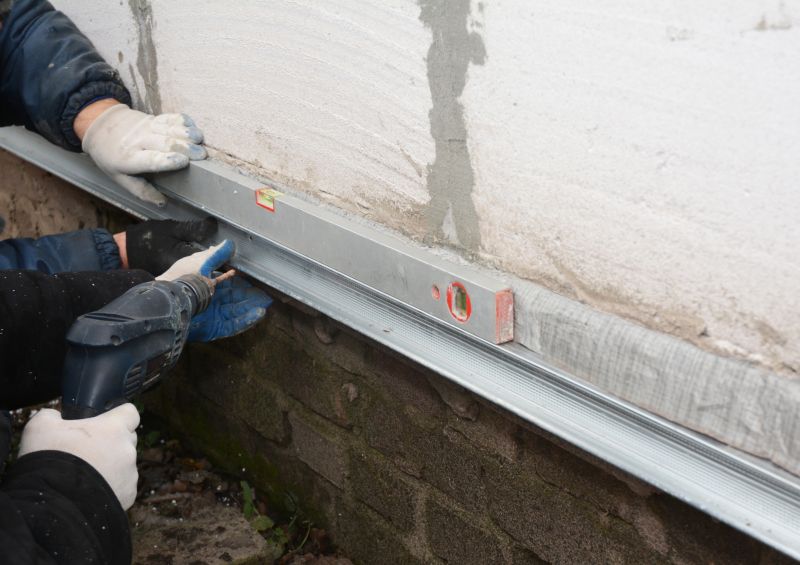
Ways to make Foundation Repairs work in tight or awkward layouts.
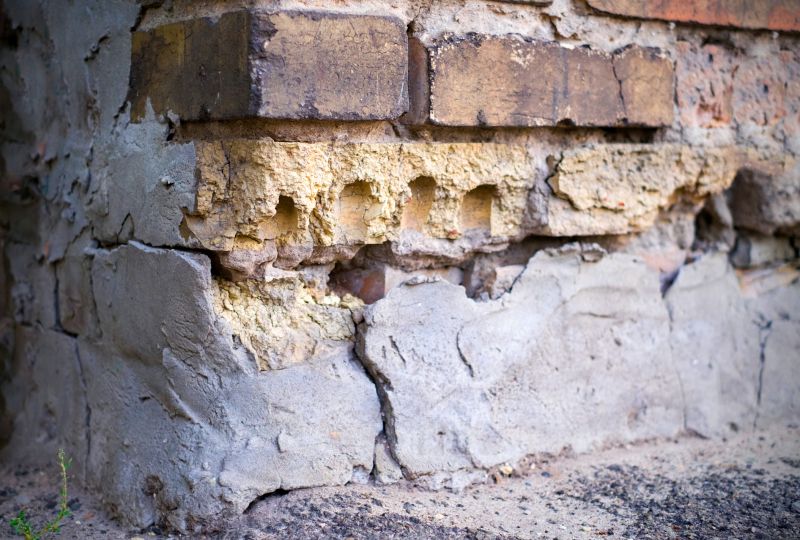
Popular materials for Foundation Repairs and why they hold up over time.
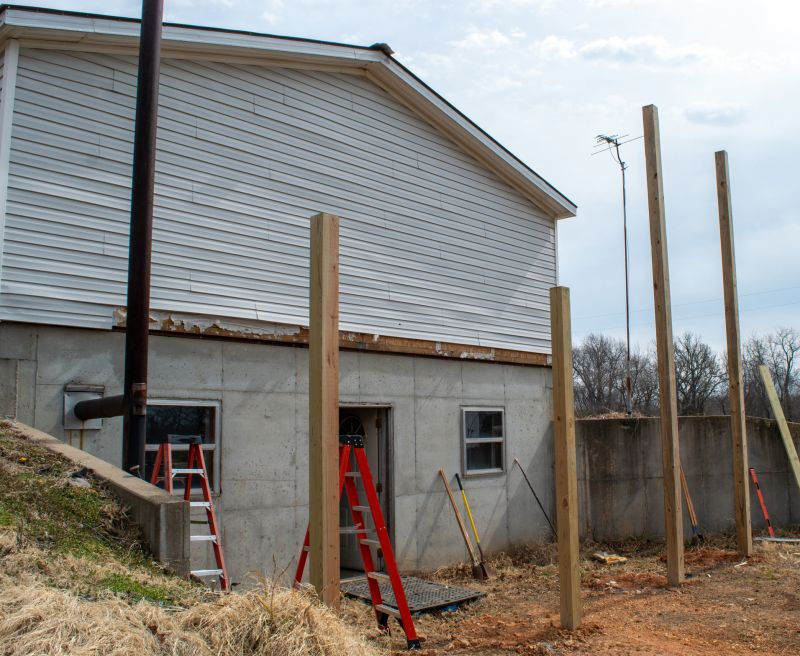
Simple add-ons that improve Foundation Repairs without blowing the budget.

High-end options that actually feel worth it for Foundation Repairs.
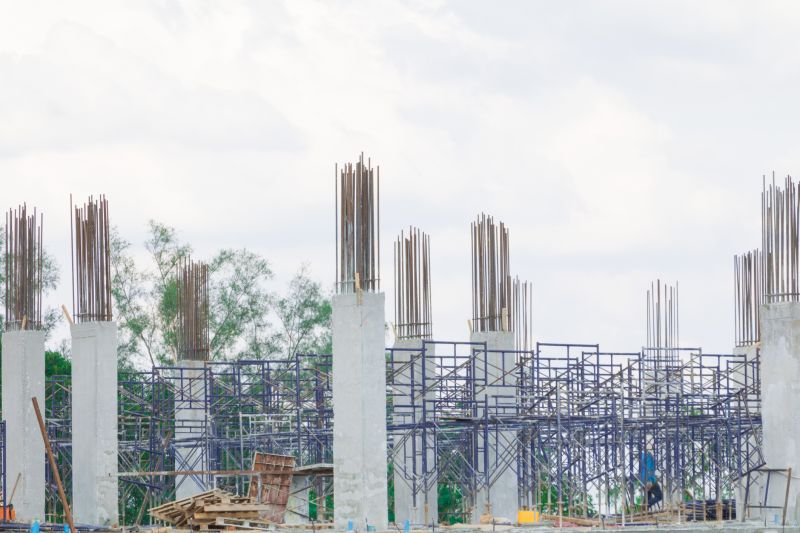
Finishes and colors that play nicely with Foundation Repairs.
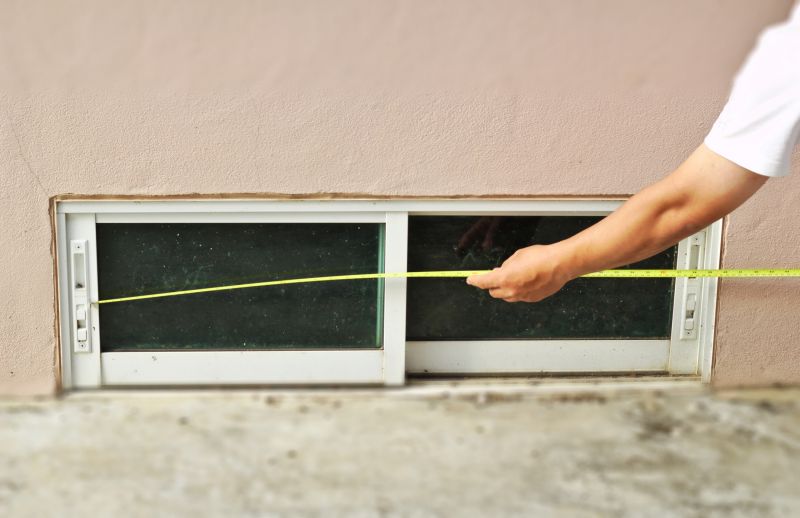
Little measurements that prevent headaches on Foundation Repairs day.
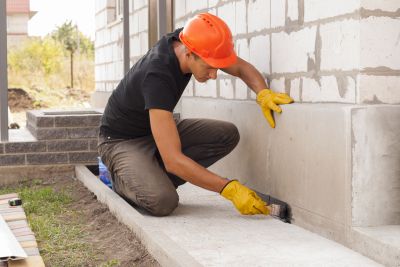
A 60-second routine that keeps Foundation Repairs looking new.

A frequent mistake in Foundation Repairs and how to dodge it.

Small tweaks to make Foundation Repairs safer and easier to use.
| Season/Time Period | Recommended Conditions |
|---|---|
| Spring | Moderate soil moisture, mild temperatures |
| Summer | Avoid extreme heat, high soil dryness |
| Fall | Moderate weather, stable soil |
| Winter | Not recommended due to cold and soil freezing |
| Post-storm periods | Ideal after soil stabilizes |




